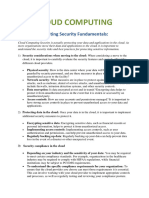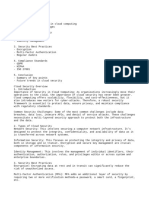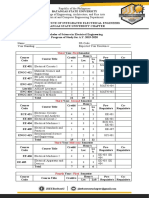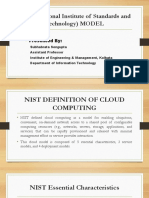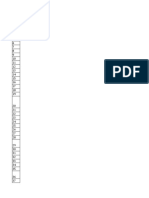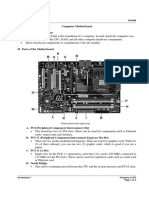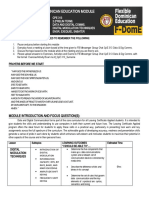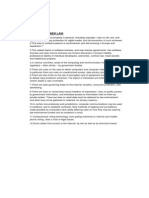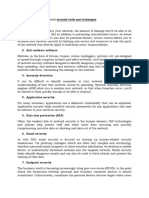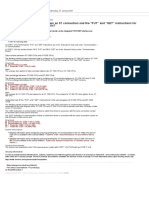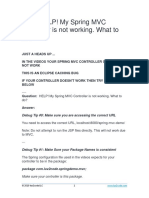0% found this document useful (0 votes)
109 views17 pagesccs362 Unit 2
The document outlines essential security design principles for cloud computing, emphasizing strong identity and access management, traceability, layered security, and data protection. It discusses the importance of incident preparedness and automation in maintaining security compliance. Additionally, it highlights strategies for data protection, incident response, and inter-tenant network segmentation to safeguard sensitive information in cloud environments.
Uploaded by
k.rahini2005Copyright
© © All Rights Reserved
We take content rights seriously. If you suspect this is your content, claim it here.
Available Formats
Download as DOCX, PDF, TXT or read online on Scribd
0% found this document useful (0 votes)
109 views17 pagesccs362 Unit 2
The document outlines essential security design principles for cloud computing, emphasizing strong identity and access management, traceability, layered security, and data protection. It discusses the importance of incident preparedness and automation in maintaining security compliance. Additionally, it highlights strategies for data protection, incident response, and inter-tenant network segmentation to safeguard sensitive information in cloud environments.
Uploaded by
k.rahini2005Copyright
© © All Rights Reserved
We take content rights seriously. If you suspect this is your content, claim it here.
Available Formats
Download as DOCX, PDF, TXT or read online on Scribd
/ 17









